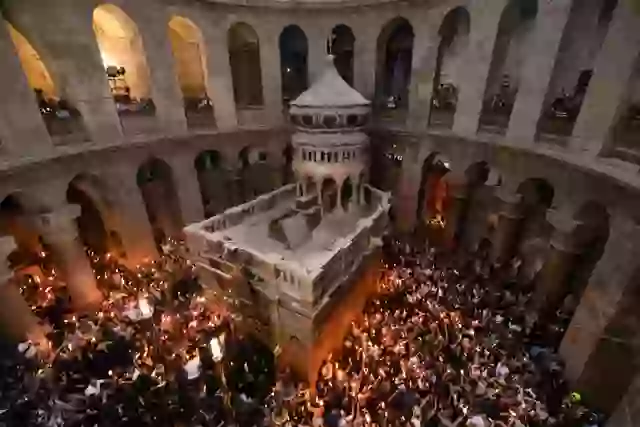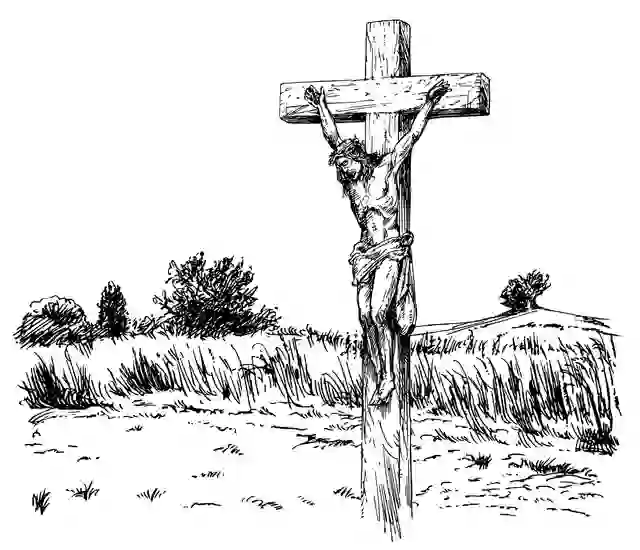Scientists claim Jesus’ burial spot could hold new biblical clues surrounding his death and resurrection
New archaeological evidence around Jesus’ burial spot could finally put to bed an ancient spat about the Son of God’s death and resurrection.
Biblical scholars, historians, archaeologists and scientists have been embroiled in a tense debate that spans decades over the religious figure – from different theories over where he was actually born, with some disputing the ‘little donkey to Bethlehem’ theory, to if his name was actually Jesus or Yeshua.
That, and the image we have conjured up of what Christ looked like is probably all wrong, too.
Yet with Christians soon meeting the end of lent, and with Good Friday and Easter Sunday fast approaching, scientists have taken a microscope to examine if the theory over where Jesus was crucified and buried stacks up.
It has long been believed the Messiah was laid to rest not far from his crucifixion, then known as Calvary or Golgotha, in a tomb on the grounds of the Church of the Holy Sepulchre in Jerusalem.

A team of Italian researchers from Sapienza University of Rome set about trying to get to the bottom of the theory and found the remains of a plant which, they believe, could hark back to the garden referenced in John 19:41 as the shrubbery dates back to roughly the time of Jesus’ death around 33 A.D.
The excavations at the holy site confirm that olive trees and grapevines likely grew where the church stands today, which echoes the Gospel of John’s descriptions of Jesus’ resting place in the Bible.
The Gospel of John 19:41 reads: “Now in the place where he was crucified, there was a garden; and in the garden a new sepulchre, wherein was never man yet laid. There they laid Jesus.”
The researchers conducted archaeobotanical and pollen analysis on samples from under the floor of the ancient basilica, reports The Times of Israel, which saw excavations start in 2022.
In the bombshell discovery, professor Francesa Romana Stasolla explained to the outlet how the site would have been used for agriculture before becoming a church.
“Low stone walls were erected, and the space between them was filled with dirt,” she said. “The archaeobotanical findings have been especially interesting for us, in light of what is mentioned in the Gospel of John, whose information is considered written or collected by someone familiar with Jerusalem at the time.

“The Gospel mentions a green area between the Calvary and the tomb, and we identified these cultivated fields.”
The researcher also said pottery, lamps and other objects dating back to the Iron Age were also unearthed, which correlates with the historical timeline as the church stands on a former quarry before being used as a burial site, as well as fourth century coins and hundreds of animal bones, killed and eaten by priests and pilgrims over the millennia.
“While we have not been able to see the entire church excavated in one glance, new technologies are allowing us to reconstruct the bigger picture in our labs,” Stasolla continued. “If we were talking about a puzzle, we could say we are only excavating one piece at a time, but eventually, we will have a complete multimedia reconstruction of the full picture.”
The finding comes as religious communities managing the church finally signed off on a major restoration project in the basilica in 2019, mostly focussing on replacing the building’s floor following a fire in 1808.
